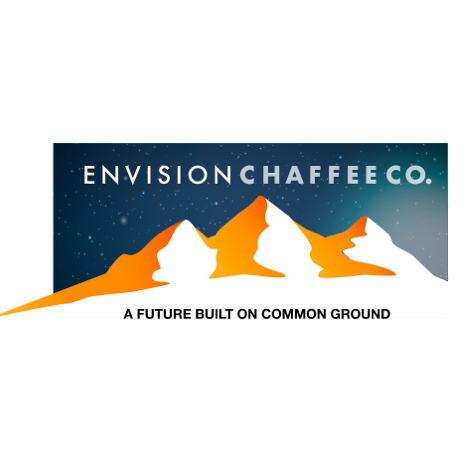Sue Benes completed extensive research on local ground water quality and quantity. Her takeaway points are below and a sheet of local contacts and water information is attached.
- What is the subject or focus area of your data/research/information collection?
Ground Water Quality, sources of contamination, Public Health laws, labs that do testing, access to baseline data for Chaffee County to compare to and wishing for a map-like grid (in order to pick up worrisome trends and dangers in the future), overlapping ground water quality with all water quantity concerns, how both quantity and quality are influenced by growth and population density
- What are the three key points you took away from the data/research/information collection? (Be concise and ready for a 30 second presentation)
- The two big towns have Public Water supplies and people willing to educate and answer questions. They made their annual reports available immediately, as they are public knowledge. Salida uses a combination of surface and ground water for their supply while BV uses almost exclusively ground water. The people in the water treatment facilities have a very good grasp of current issues.
- The Safe Drinking Act also requires testing annually of centralized systems serving 25 or more people for 60+ days a year and systems with 15 or more connections to homes or institutions where drinking water is required. The Colorado Department of Public Health and Environment (CDPHE) is tasked with enforcing these laws. We need to find a way to get those smaller reports to help learn about the health of more square miles of the county: camps, trailor parks, private subdivisions, etc. These should be public record as the testing and analysis of the results are done by the State, but those reports may only be available to the residents. For the time being, we may need to get our own neighborhood data or ask friends in theirs to help get this data.
- Private wells: having spoken to well-drillers, Public Health officials, CSU’s soil testing and water testing team, this area is a touchy one. This is the wild, wild west after all. No one wants to pay for the testing, as is it not free like the mandated group studies. The population density is an issue, the proximity to septic systems, prevalence of agriculture, fear of litigation with neighbors and unwanted growth and development, conflicts of interest, et The Dark Ages? How do we get data? A small group of pre-schoolers had well kits given to them by a dental hygiene project called Cavity Free at Three. We need to get those data as a start. Education and enthusiasm about well testing might help.
- Does the information you gathered SIGNIFICANTLY IMPACT or CHANGE the original challenge frame or area of focus for ideation?
YES NO (Circle one)
- What insights, examples or models did you find that can be used to spark idea generation in this focus area? Please briefly describe:
There are a lot of overlaps in the government agencies tasks: quantity and quality of water, water rights, diversions, contaminates, health concerns for people, bugs, birds, fish, wildlife: they produce different data, collected for different purposes, and therefore are hard to make into a single story. But the people I interviewed at the local, county, state and federal levels obviously had the same motivations: doing a good job, knowing their “stuff”, caring about safety, wanting to keep Colorado beautiful, healthy, a desirable place for tourism, etc.
I’ve asked people at all levels to help us try to get information for our County and the Upper Arkansas River area in order to understand our current situation and to use as a comparison if anything were to change, so we would detect that change quickly enough to avert a disaster.
Water quantity and quality is a big deal!

